Bear attack raises concern – mostly for bear
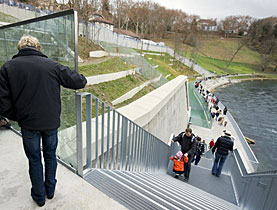
Days after a mentally handicapped man fell into Bern's bear park and was attacked, visitors said they regretted that police had to shoot the bear.
A 25-year-old man suffered non life-threatening injuries on Saturday after he was mauled by Finn, a four-year-old European brown bear. Police shot and seriously wounded the animal as they sought to save the man.
Finn’s condition had improved slightly on Monday but he was still in critical condition. The bullet shattered in the bear’s body and vets said it would not be sensible to remove the pieces.
Park director Bernd Schildger said the bear was in pain and on antibiotics to prevent infection.
Police still have not been able to determine whether the man jumped in on purpose or accidentally fell into the enclosure, but the attack has raised safety questions nevertheless.
Vittorio Puzo, a security officer at the bear park, told swissinfo.ch that there are typically three to four guards on duty. If someone really wants to get into the enclosure, there is not much that anyone can do to stop it.
“Everyone is responsible for themselves,” said Puzo, who was not on duty when the attack occurred. “It’s like going to the Amazon, being in a boat, being told the water is full of piranhas – and you still jump in. People are more dangerous than animals.”
Reaction
That sentiment was held by most visitors at the park on Monday, when tourists from all over Switzerland descended on the capital for its famous Zibelemärit, or onion market festival.
“The bear park is perfectly safe,” according to Dora Aeschlimann. “But when someone climbs over, they’re going into the bear’s territory, so of course the bear will attack.”
Annina Urech, an environmental scientist from canton Graubünden, said the attack should not reflect poorly on Bern or its SFr24 million ($23.8 million) park, which opened last month.
“This could happen any time, in any zoo,” she said. “It probably would be good to lock it in a way that people could not get in. It’s a pity about the bear.”
Claudia Utrera, a university student from Venezuela, agreed. “It isn’t the bear’s fault,” she said. “I don’t think they should have shot it.”
“I think they had to shoot the bear,” countered Claudio Waser, an architect from canton Uri. “A human is worth more than an animal.”
How he got in
Reto Nause, Bern’s director of security, told reporters that the new park was built to meet current safety standards but that officials were prepared to revisit the subject if an investigation revealed new questions.
The 6,000-square-metre park is built into a hillside sloping down to the River Aare and houses two bears separated from the public by a high wall capped in many parts with a glass barrier about two metres high.
To get into the enclosure, the man found the easiest way in. He stepped over a stair railing and onto the top of a stone wall where there is no glass barrier. From there he dropped about four metres into the enclosure. On Monday, pink circles sprayed into the grass below showed where the attack occurred.
“I looked in after I heard people screaming,” said Sam Brookes, who was visiting the park with his girlfriend when the attack happened. “The bear was standing over him and throwing him back and forth.
“Some people were crying, others were screaming,” Brookes said. “Some yelled ‘Get stones!’ [to throw at the bear]. I think most people had an awful shock. I still see it when I close my eyes.”
Police arrived within five minutes and an officer shot the bear two minutes later with a bullet – the “right decision”, Schildger said. The bear was visibly hurt and slowly retreated. Schildger added a tranquilliser dart would have made the bear attack the man more violently before falling asleep.
Tim Neville, swissinfo.ch
Bears have a long association with Bern. According to legend, the founder of Bern, Berchtold V von Zähringen, named his new city after the first animal he killed in a hunt near the site of the bear pit.
It was a bear – or Bär in German. This is why the city’s coat of arms features a bear. Bears have been kept in Bern for around 500 years.
There are a number of bear statues all over the city, including on several of the 16th-century fountains.
The attack on Saturday is the first since Bern inaugurated its bear park in October. Five other people fell into the old enclosure, the bear pit, which opened 150 years ago and sits next to the new one. Most of the people who fell in did not live.
The last accident occurred in 1998 when a drunk man fell into the pit. The keeper was able to distract the bear and the man escaped unharmed.
In a more unusual case, in 1926 a cyclist riding downhill towards the pit could not stop and was jettisoned into the bears’ home after the brakes failed. He survived but a child also fell in and died.

In compliance with the JTI standards
More: SWI swissinfo.ch certified by the Journalism Trust Initiative
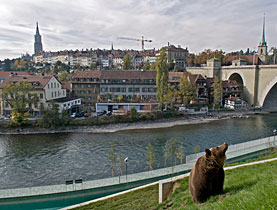
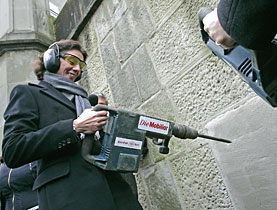
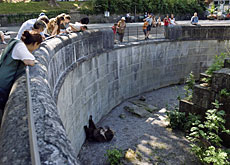
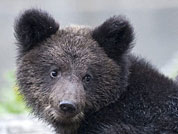
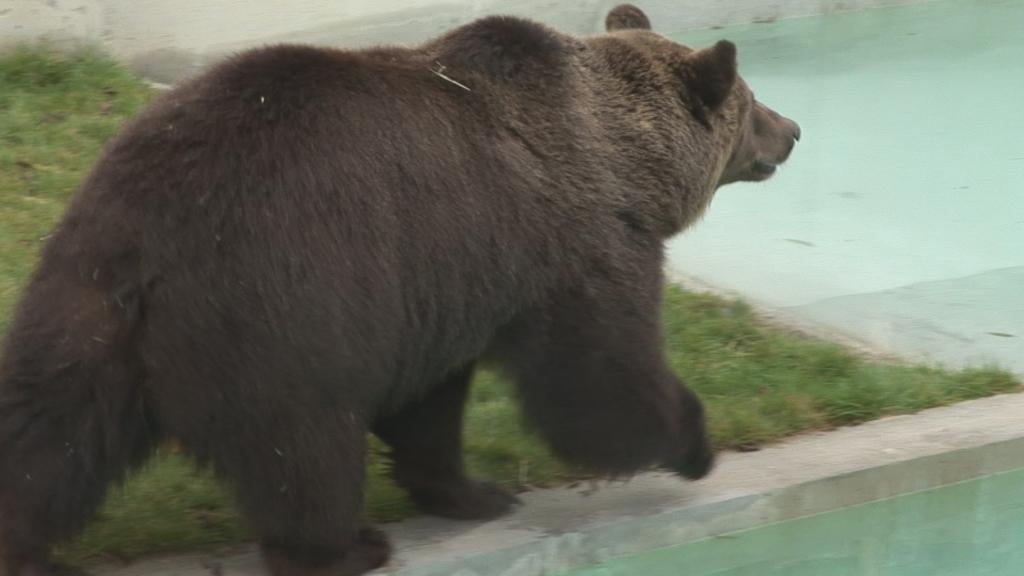
You can find an overview of ongoing debates with our journalists here. Please join us!
If you want to start a conversation about a topic raised in this article or want to report factual errors, email us at english@swissinfo.ch.